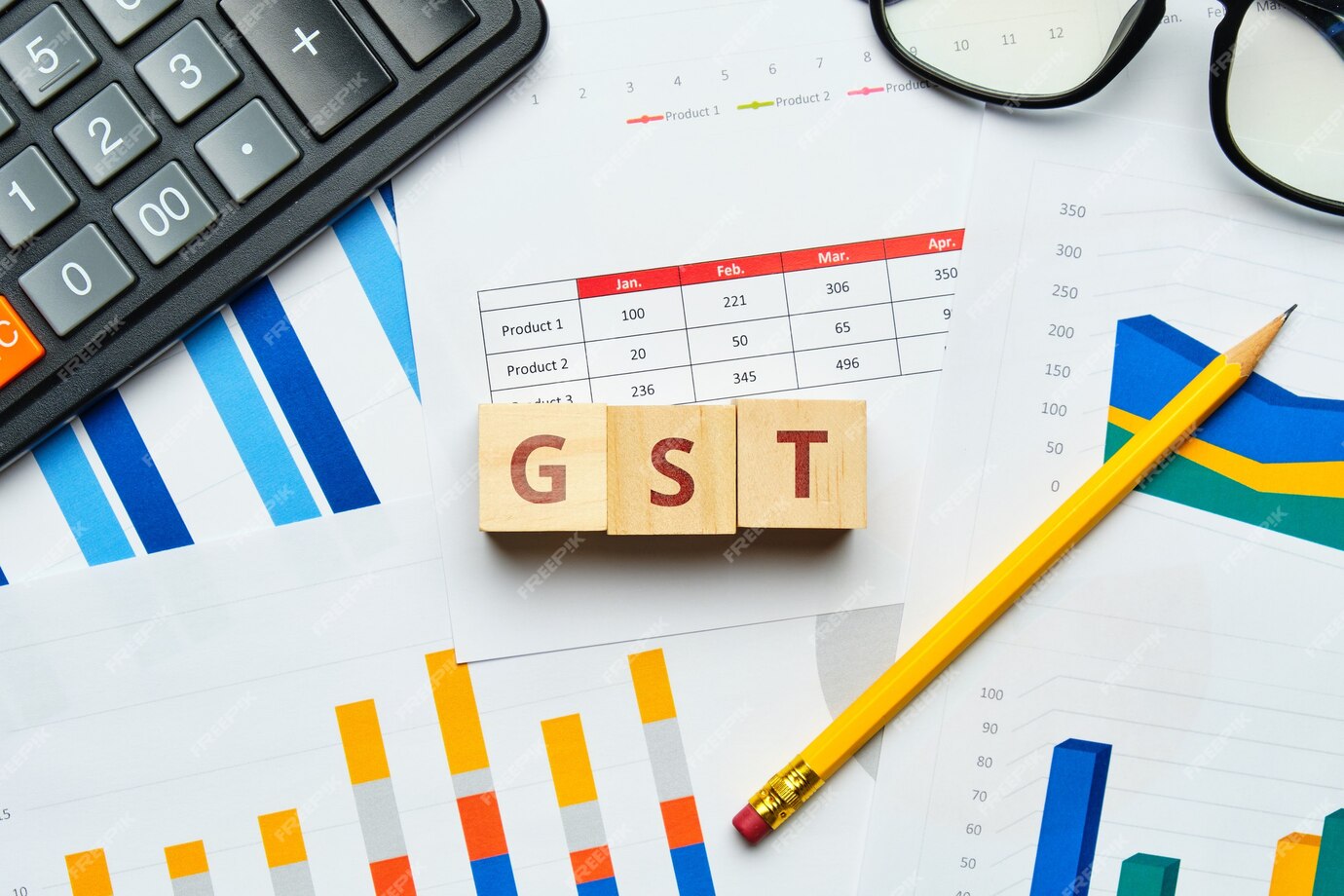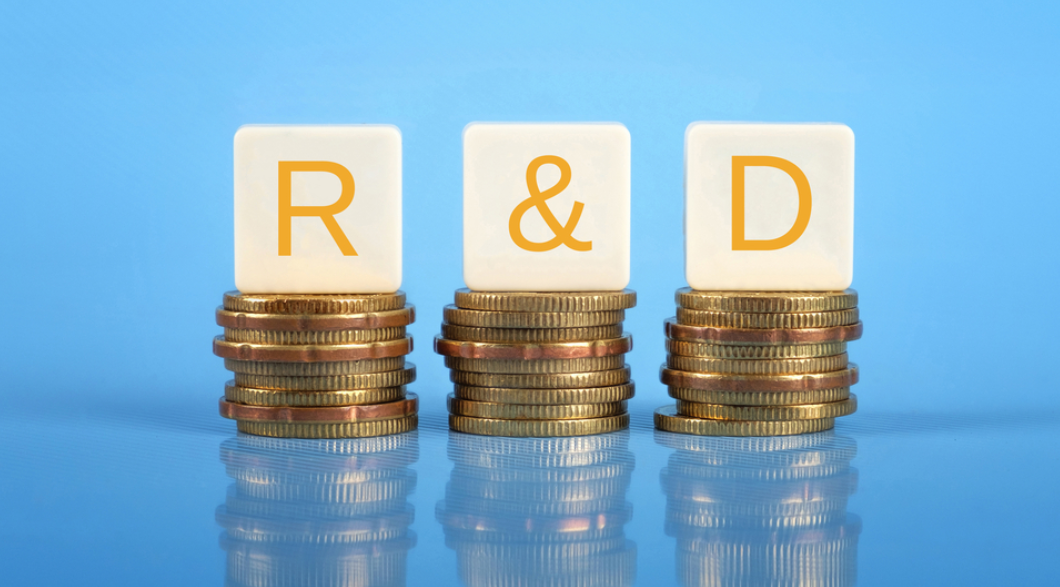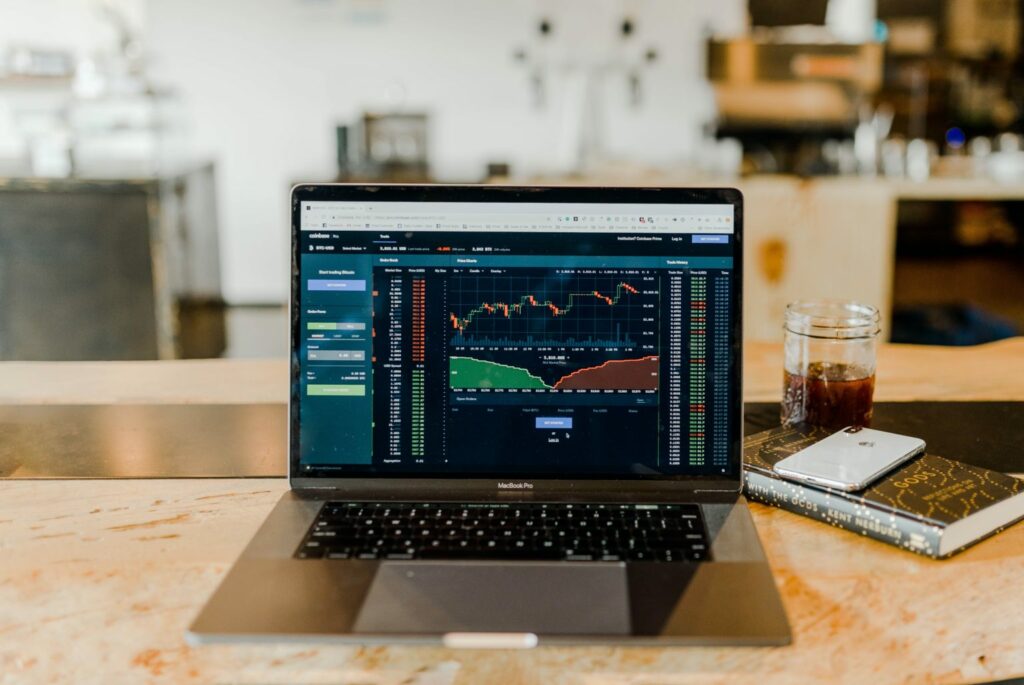The Goods and Services Tax (GST) framework in Australia is complex, and it becomes incredibly nuanced when it comes to trading in second-hand goods. For businesses such as used car and machinery dealerships or antique shops, understanding how GST applies is crucial for managing cash flow, pricing strategies, and ATO compliance.
In this article, we examine how GST operates when purchasing and selling second-hand goods, including the input tax credit rules and a clarification of the margin scheme, which, contrary to popular belief, is primarily applicable to real property transactions.
Defining Second-Hand Goods under GST Law
Under Division 66 of the A New Tax System (Goods and Services Tax) Act 1999 (GST Act), second-hand goods are defined as tangible goods that are not new and have been previously sold, used or leased. Notably, certain goods are excluded, such as precious metals and goods acquired for manufacturing or incorporation into other goods.
If your business involves acquiring and reselling second-hand goods, you may be eligible for input tax credits, even if your supplier is not registered for GST.
Entitlement to Input Tax Credits (Division 66)
Businesses registered for GST may be able to claim input tax credits on the purchase of second-hand goods from unregistered entities, provided:
- The goods are acquired for resale;
- The purchase is documented correctly; and
- The goods are not subject to a GST-free or input-taxed supply.
The credit is calculated as 1/11th of the purchase price, and claimed in the period in which the acquisition is made. This provision helps level the playing field for second-hand dealers purchasing from individuals or small unregistered businesses.
Example: Used Car Dealership
Brian operates a used car dealership in Osborne Park. He purchases a 2018 Toyota Hilux from a private seller (who is not GST-registered) for $33,000. Because Brian is acquiring the vehicle for resale and meets the Division 66 requirements, he can claim a $3,000 input tax credit (1/11th of the purchase price).
Record-Keeping and Documentation Requirements
To substantiate GST input tax credits under Division 66, the following documentation is essential:
- A purchase record identifying the item, date, and amount paid;
- The name and address of the seller (even if not GST-registered);
- A declaration of the intended purpose—i.e. that the goods are for resale;
- Proof that the seller is not registered for GST;
- Where practical, a signed statement by the seller confirming they are not registered for GST.
If the goods are valued at over $1,000, additional substantiation is often required by the ATO, including independent valuation or photographic evidence. Conversely, for goods valued under $300, businesses may be eligible to use a simplified substantiation method, allowing for less detailed documentation, provided the items are acquired for resale and the business holds reasonable evidence (e.g., a receipt, bank statement, or written note).
Global Accounting Method for Second-Hand Goods
The ATO permits dealers in second-hand goods to use a global accounting method to simplify input tax credit calculations. Rather than attributing GST credits to each purchase, businesses can aggregate purchases and sales over a tax period and calculate a net credit on a pooled basis.
This method is advantageous when a business acquires large volumes of low-value, second-hand items, such as those found in thrift stores or electronics recyclers. However, to use this method, companies must submit a written application to the ATO and maintain records that support the aggregate acquisition and sales values.
Clarifying the Margin Scheme – Real Property Transactions
The GST margin scheme under Division 75 of the GST Act is often misunderstood. It is a mechanism designed specifically for certain real property sales, allowing GST to be calculated on the margin between the purchase price and the sale price, rather than on the total sale value. This can produce significant tax savings for property developers and investors.
So, while real estate is effectively “second-hand,” the GST provisions for second-hand goods do not apply to it. The margin scheme applies to real estate.
Example: Property Developer in Doubleview
A property developer acquires a block of land in Doubleview for $3 million. The developer constructs four residential dwellings on the land at a cost of $5 million. The completed homes are sold for $2.8 million each, generating total sales of $11.2 million.
- Total Acquisition and Build Cost: $8 million
- Total Sale Proceeds: $11.2 million
- Total Margin: $3.2 million
Suppose the developer is eligible to apply the margin scheme (i.e. the land was acquired on a taxable basis but not under the margin scheme). In that case, GST is only payable on the $8.2 million margin. The margin of $8.2m is the sale price of $11.2 less the land cost of $3m.
The build cost is not part of the margin scheme calculation. The cost of building the homes will have been claimed as a GST input tax credit during construction.
This results in a GST liability of $186k per house ($745k total), instead of $1.018 million (1/11th of $11.2 million) under the standard GST rules.
Careful structuring and documentation are essential to secure this GST benefit. Legal agreements must explicitly provide for the margin scheme, and the seller must maintain records that evidence the original purchase price. Further, the margin used is not the actual costs incurred to buy and sell the property; the law is quite prescriptive, and many costs are excluded.
Selling Second-Hand Goods: Standard GST Method Applies
Unlike real property transactions, the margin scheme does not apply to ordinary goods such as antiques, cars, or second-hand household items. These goods, when sold by a GST-registered entity, are subject to GST on the full sale price, even if the item was originally acquired from a non-GST-registered seller.
Example: Antique Shop
Sam operates an antique shop in Fremantle. They acquire a watch from a private seller for $2,000 and claims an input tax credit of $181.82 under Division 66. They later sell the watch for $5,000. As the watch is a taxable supply and not real property, they must remit 1/11th of the sale price ($454.55) to the ATO, regardless of the margin made.
The key takeaway here is that claiming the input tax credit on acquisition does not change the GST obligation on sale. The entire sale amount must still include GST.
What happens if I sell second hand goods below cost?
Stock on hand costs a family business owner. It is not uncommon, sadly, to resell stock at a loss. This is sometimes done when the salesperson overestimates the price paid for the trade-in to sell new equipment.
Whatever the reason, if you sell used goods below cost, the GST impact on the purchase and resale of your used goods is essentially the same. However, as your sale proceeds from the sale are below the purchase price, the GST you collect from the buyer will be less than the GST claimed on the purchase.
Change in Use of Second-Hand Goods
It is standard business practice for items purchased for resale to be used in the business for something other than resale. Where goods are acquired for resale and a Division 66 credit is claimed, but the purpose of the goods later changes—for instance, they are instead used within the business—an adjustment must be made.
Example: Agricultural Machinery Dealership
An agricultural machinery dealership purchases a commercial lawnmower from a private seller for $44,000, with the intention of reselling it. The business claims a $4,000 input tax credit under Division 66. Months later, the dealership decides to retain the lawnmower for its use, to maintain the grounds and lawn around the sales yard.
Since the lawnmower is no longer held for resale, the GST credit must be reversed through a decreasing adjustment in the Business Activity Statement (BAS). The business must repay the $4,000 credit claimed, as the original resale condition for Division 66 is no longer satisfied. The BAS prepared previously by your Perth tax accountant does not need amendment, the GST adjustment happens in the BAS, the purpose of the goods changes.
Second-Hand Goods Acquired via Importation
Where second-hand goods are imported into Australia, they are treated the same as new goods for GST purposes upon entry. GST on imported goods is generally payable at the border on the value of the taxable importation, which includes the customs value, shipping and insurance, and any applicable customs duty. Businesses registered for GST may claim this GST as an input tax credit in their BAS, provided the imported goods are acquired for a creditable purpose (e.g. resale).
Importantly, Division 66 does not apply to goods acquired through importation—input tax credits are instead available under the standard credit rules relating to taxable importations under Division 15 of the GST Act. Businesses should ensure they hold a valid import declaration and, where applicable, a tax invoice to substantiate the credit.
Key Takeaways for Business Owners
- Second-hand goods acquired from unregistered sellers can still yield GST credits under Division 66 if they are intended for resale.
- The margin scheme applies only to real property and can offer substantial GST savings if correctly structured.
- Goods dealers (e.g., antiques, used cars) must remit GST on the full selling price, even if they have claimed credits on their purchases.
- Documentation is critical: names, addresses, purpose declarations, seller GST status, and valuation evidence for higher-value items must be retained.
- The global accounting method can be beneficial for volume dealers, but it must be approved by the Australian Taxation Office (ATO).
- If goods originally acquired for resale are diverted to internal use, any input tax credit must be reversed.
Need Help Navigating GST on Second-Hand Goods or Property?
At Westcourt Family Business Accountants, we specialise in tax advisory for family business owners across Perth and Australia. Whether you’re a used car dealer acquiring inventory from private sellers, an antique retailer managing resale margins, or a property developer structuring high-value transactions, we can help you optimise your GST position and remain compliant.
Contact our tax advisory team today to schedule a consultation. Let’s make GST work for your business, not against it.






